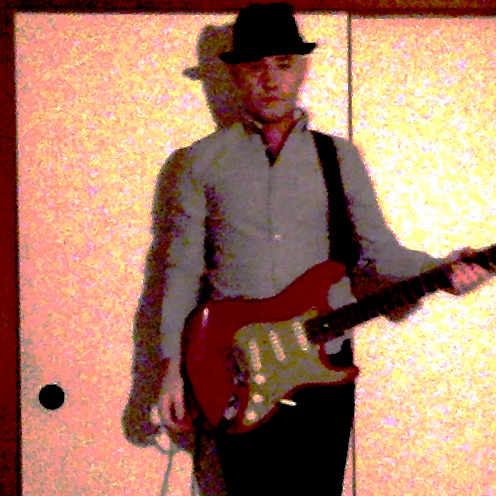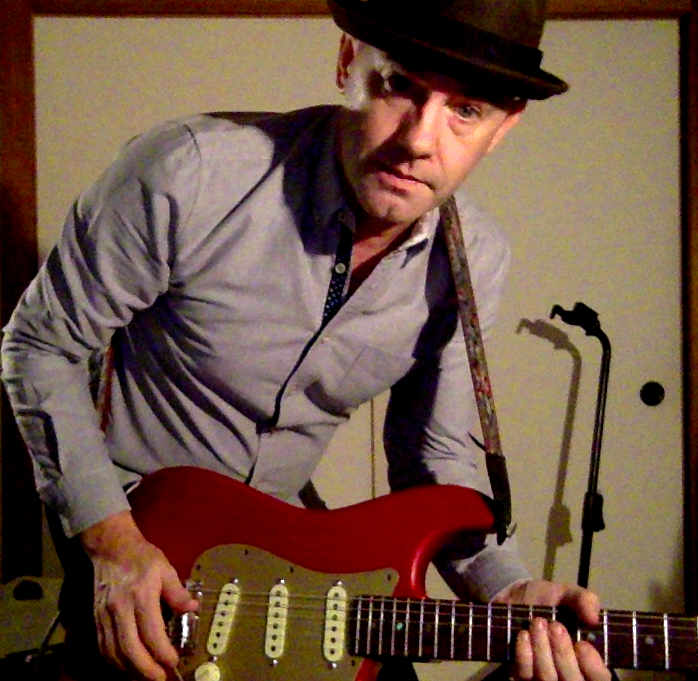August 30 2017
Ex Nihilo: Conversations with Barney about Brian Eno
…what would be really interesting for people to see is how beautiful things grow out of shit, because nobody ever believes that…What would really be a lesson that everybody should learn is that things come out of nothing, things evolve out of nothing. You know the tiniest seed in the right situation turns into the most beautiful forest, and then the most promising seed in the wrong situation turns into nothing. And I think this would be important for people to understand because it gives people confidence in their own lives to know that that’s how things work… If you walk around with the idea that there are some people who are so gifted – they have these wonderful things in their head, but You’re not one of them. You’re just sort of a normal person, you could never do anything like that then you live a different kind of life, you know. You could have a different kind of life where you say ‘I know that things come from nothing very much and start from unpromising beginnings, and I’m an unpromising beginning, and I could start something too.
— Brian Eno
Since I moved to Japan a few years ago, the isolation and the lack of a local music scene I feel a part of has led me to rely on my former collaborators and close friends from Sydney and London and Berlin. Barney – an amazing jazz pianist, theorist, musical laboratory technician and multi-instrumentalist – played keys on When you get down to it, and he and I have performed together often at Colbourne Ave and Free for all, along with occasional jam sessions in random spaces. We’ve also been known to enjoy the odd ale or two together in some fine Sydney bars and clubs.
Earlier this week I was explaining that I can’t find a flow for the album — I have processes and procedures, but it’s feeling like pretty tough work. One thing lead to another, and he suggested I should keep a diary of the production. He mentioned Brian Eno and the notion of making music for your future self, which brought me back to the above quote – one of my favourite about the creative process and the mysteries surrounding it.
I’m hesitant about writing a journal or diary. I hate the idea of giving advice to other musicians about how they should go about making work. Every time I talk about how to create I can think of a thousand exceptions.
But writing down ideas for my present and future self, clarifying and printing them so I can have the conversation about the things that revolve around my head day to day, that idea stuck with me and multiplied by the hour. By the end of the day I’d determined to write journal entries about the daily blocks, thoughts and strategies I encounter. I further resolved each blog would be a moment of reflection, with specific actions I draw from each, to try in a practical, pragmatic context. So what you are reading are the conversations I honestly have with myself as I move through the day — from guitar to mixing desk to recorders to youtube, while doing the washing, practicing and riding through Kyoto. My questions always remain — how can I make something new, something vital, something I will be proud of both now and in the future.
And so, from nothing – from less than nothing — from a determination to do no such thing, but with the concern and care of a skilled gardener friend, comes this, and an outpouring of thoughts, fears, observations, frustrations, confoundment, inspiration and strategy.
So today’s strategy?
- Write each day or each second day.
- Try to keep it up for a month at least, then publish

